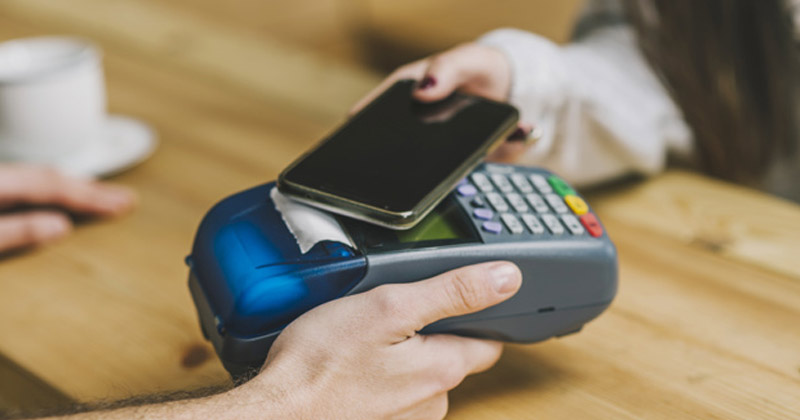Evolution, not revolution is often the key determiner of growth. Ever thought about that? Had that not been the case, the world may have still revolved around conventions and never conceived breakthroughs. There are breakthroughs and path-making developments in nearly every single aspect that govern our life. No longer does anyone- it can be said with safety- use the “Internet Explorer!” The likes of Google Chrome and Firefox and Safari are the dominant keys to push today. No longer does one only commute in conventionally-powered cars that run on diesel or petrol as the only perceptible fuelling options. Electric cars are in and on their way to reform the urban mobility space.
Soon, we may see a world that makes way for digitised passports. The ever-dependable art of communication through letter-writing was on its way out with the advent of the E-mail. Right? Surely, there do exist tiny towns and villages where one doesn’t know the meaning of the Internet but that number is too far and few in between to take note of.
With so many pathbreaking insights already governing the way we live , how could the way we operate our ‘mode of payment’ not have changed?
In this part of the 21st century where a single tweet has the power to make and break fortunes, where activism is at all-time high and where hashtags dominate everyday discussions, digital mode of payments are in; and cash payment systems (or structures) are on their way out.
And what could be a greater example to take note of this dominant strand of reality than looking at the way Norway and Sweden are introducing sweeping changes in their respective economies?
Where current media reports from Europe stand, it’s important to note that both Norway and Sweden are swiftly moving toward ‘cash-free’ systems of payment. What better than leveraging on the strengths of digitization, an increasingly recurrent feature of our daily lives.
Truth certainly is that the payment structures in Norway and Sweden are currently undergoing a fast rate of digitization.

The above told, it’s worthwhile to take note of what the famous economic and business bulletin from Europe-The Corner- had to say in the developing trend.
To give an international comparison, the cash in circulation as a percentage of GDP variable is used as a proxy for the demand for cash. In 2018, the cash in these two economies was equivalent to 1.3% and 1.5% of their GDP, respectively. In contrast, in the United States and the Eurozone, this variable was at 8.2% and 10.9%, respectively.
The reduced use of cash is related to the increase in digital payments. In Sweden and Norway, the number of card payments per person is almost three times that in the Eurozone.
As a matter of fact, the digital banking systems in Norway are currently driven by the following brands- Aprila Bank, N26, and Revolut. There’s also PaymentWall, fast emerging as a go-to option for the public at large.
It’s also a fact that for several years, the Bank of Sweden has been exploring the option of E-Krona or Digital Krona as it is called. The attitudes of large swathes of the population increasingly migrating toward digital payment options is not a new development.
Take the key statistic from Sweden from 2018, for example, where not less than 40 percent of the country’s population maintained that it had not used cash in the previous month and where a year later, around 18 percent of the retailers did not accept cash payments.
Also Read: What Is The Nature Of The German Economy At The Moment, In 2020?
In both countries, the dominant change is the sum of payment made from the mobile phone (per capita) which is more than the money withdrawn at any point in time from one’s ATM. Does that not tell how quickly are things changing in two of Europe’s noted economies?


